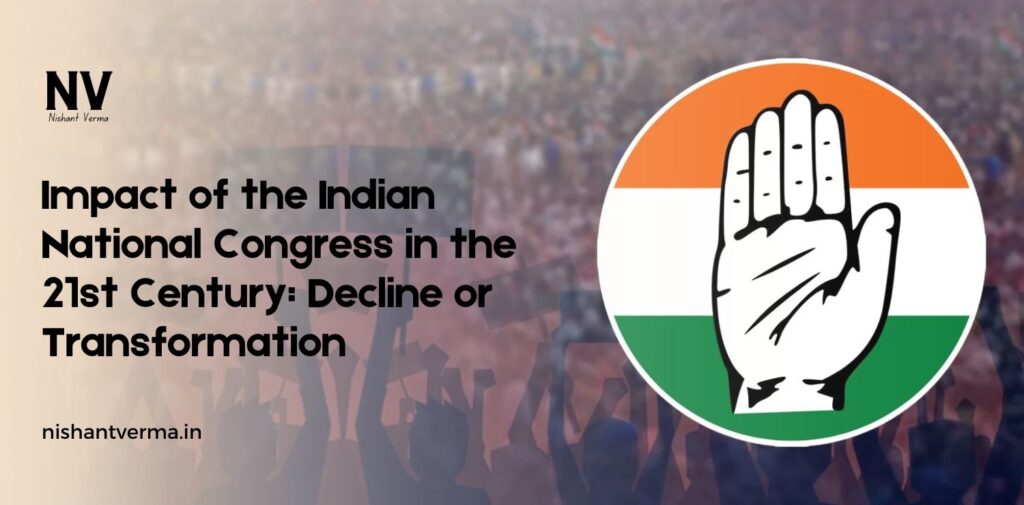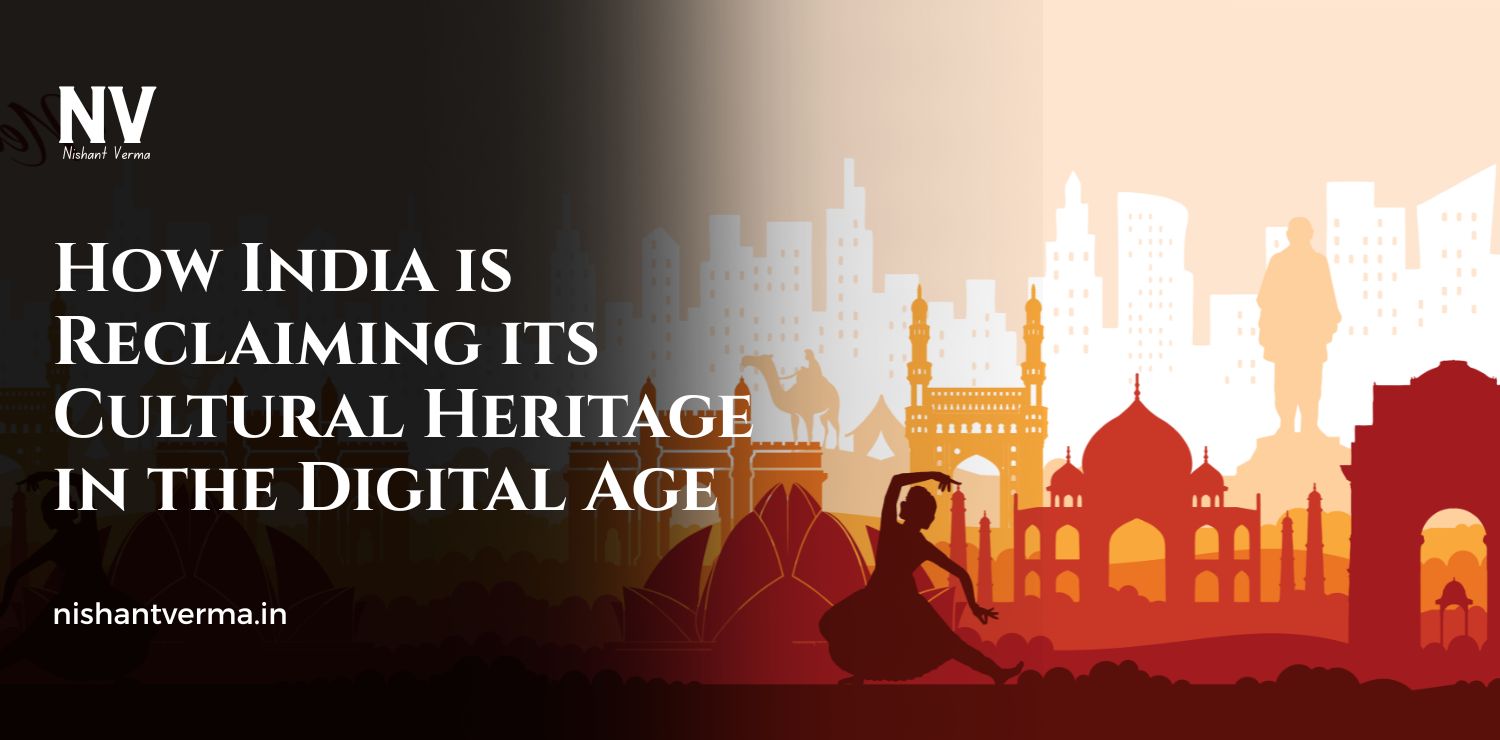The Indian National Congress (INC) has been one of the oldest and most influential political parties in India. It played a pivotal role in India’s struggle for independence and has shaped the country’s political landscape since its formation in 1885. However, in the 21st century, the party’s political fortunes have experienced significant ups and downs. The question arises: Is the Congress Party in decline, or is it undergoing a transformation to adapt to the changing political scenario in India? This article will explore the impact of the Indian National Congress in the 21st century and evaluate whether it is in a state of decline or undergoing a crucial transformation.
The Early 21st Century: A Time of Promise
At the start of the 21st century, the Indian National Congress had a strong presence in Indian politics. In the 2004 general elections, under the leadership of Sonia Gandhi, the Congress managed to form a government, and Manmohan Singh became the Prime Minister of India. The United Progressive Alliance (UPA), led by the Congress, came to power with a focus on economic reforms, social welfare, and poverty alleviation programs. The government was widely seen as successful in terms of economic growth, which resulted in improved standards of living for many Indians.
The Congress-led government also focused on key legislative reforms, such as the Right to Information Act (RTI), the National Rural Employment Guarantee Act (NREGA), and the Right to Education Act (RTE). These initiatives were widely appreciated, particularly in rural India, where many of these programs brought about significant changes. The UPA government’s policies helped expand India’s middle class and led to increased global recognition of India as a growing economic power.
However, the positive momentum started to slow down towards the end of the second term of the UPA government, which lasted until 2014. Rising corruption scandals, poor governance, and a lack of effective leadership began to erode public trust in the Congress Party.
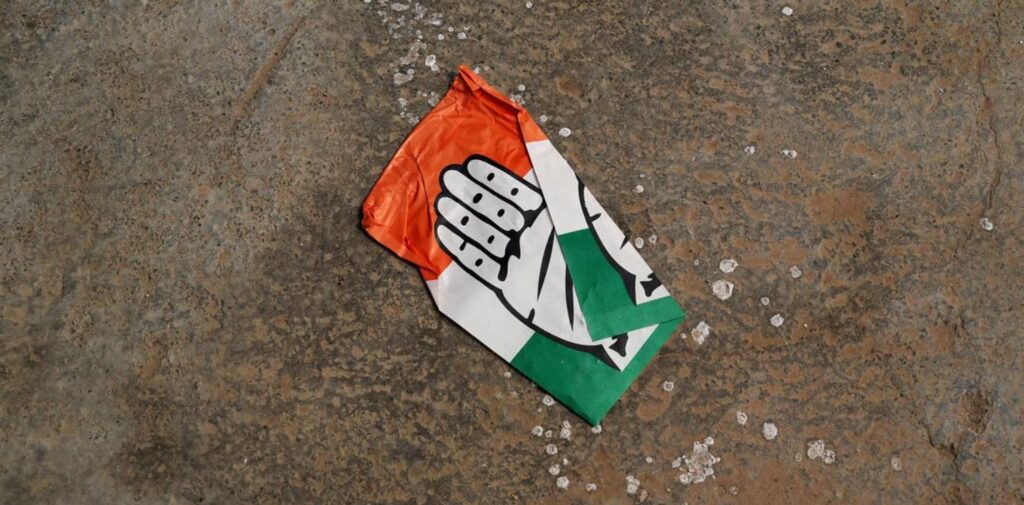
The Decline of Congress: The 2014 General Elections
The 2014 general elections marked a significant turning point for the Indian National Congress. The party faced its worst defeat in recent history, winning only 44 seats in the Lok Sabha, a sharp contrast to its earlier successes. The Bharatiya Janata Party (BJP), led by Narendra Modi, emerged as the dominant political force, securing 282 seats and forming a majority government.
Several factors contributed to this downfall. The Congress was seen as struggling with internal divisions and a lack of leadership. The party’s focus on family politics and dynastic leadership under the Gandhi family raised questions about its ability to modernize and connect with younger voters. Additionally, the government’s failure to address key issues such as inflation, corruption scandals, and economic stagnation turned voters away from the party. The rise of regional parties, along with the growing influence of the BJP, further weakened Congress’s grip on national politics.
The 2014 defeat was a wake-up call for the Congress Party. It had to reconsider its approach and rethink its strategies if it wanted to remain relevant in Indian politics.
Struggles and Setbacks: Challenges for Congress in the 21st Century
Post-2014, the Congress Party faced numerous challenges. One of the most significant challenges was its leadership crisis. Rahul Gandhi, the party’s vice president at the time, took over as the president of the party in 2017, but his leadership was met with mixed reactions. Critics questioned his political acumen and his ability to lead a national party, while supporters believed that he represented a new hope for the party.
Despite efforts to revamp the party, Congress continued to face electoral defeats in state elections and by-elections. In 2019, Congress again suffered a crushing defeat in the general elections, securing only 52 seats, even though it put up a fight in many regions. The party’s failure to establish a strong opposition against the BJP was one of the major factors contributing to its declining influence.
The Congress also struggled with regional politics. While it retained power in some states like Rajasthan, Madhya Pradesh, and Chhattisgarh, it failed to build a national-level alliance strong enough to challenge the BJP’s dominance. Many regional parties, including Mamata Banerjee’s Trinamool Congress, K. Chandrashekar Rao’s Telangana Rashtra Samithi, and Y. S. Jagan Mohan Reddy’s YSR Congress Party, grew in strength while Congress continued to weaken. This fragmentation in opposition politics made it harder for Congress to reclaim its position as the leading opposition party.
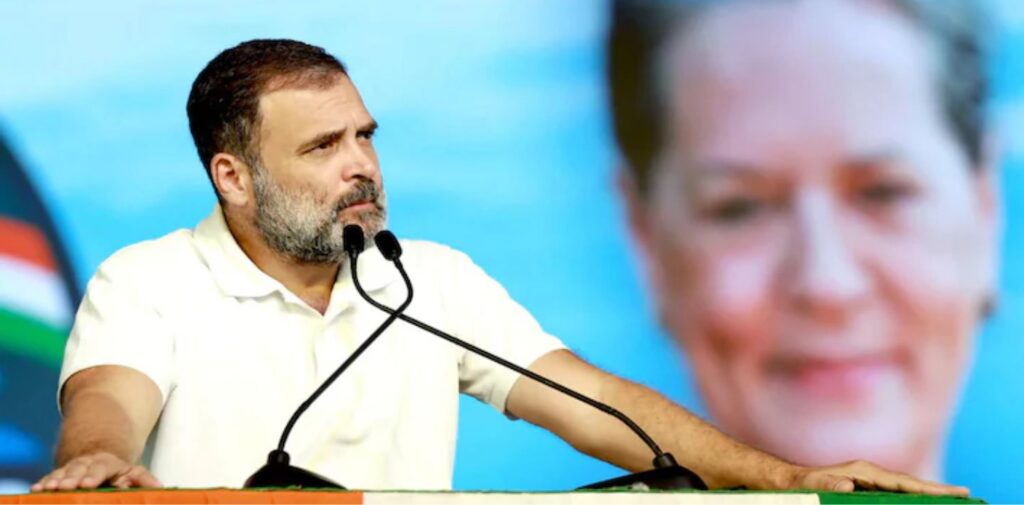
A Transformation or Continued Decline?
Despite its struggles, the Congress Party has not entirely given up. The question remains: Is the party in a state of decline, or is it undergoing a transformation? There are signs that Congress is trying to reinvent itself and appeal to a broader section of the population, especially the younger generation.
Under the leadership of Rahul Gandhi, Congress has attempted to focus on issues that resonate with the common people, such as unemployment, economic inequality, and social justice. The party has also raised its voice on issues like farmers’ rights, the economy, and the protection of the Constitution. Congress continues to push for policies that address poverty and inequality, emphasizing the importance of social welfare programs.
Another key factor in Congress’s attempt at transformation is its outreach to social media and technology. Unlike earlier years when Congress was seen as being disconnected from the digital world, the party has made efforts to build a stronger presence on social media platforms like Twitter, Facebook, and Instagram. This has allowed them to directly connect with the younger, tech-savvy generation, who are increasingly shaping the political discourse.
However, transformation takes time, and Congress faces an uphill task. The BJP’s success in maintaining a strong presence at the national level, its efficient use of social media, and its ability to connect with voters have made it difficult for Congress to mount an effective challenge. Additionally, the Congress Party’s internal leadership struggles and its dependence on the Gandhi family have made it difficult to build a broad-based party structure.
The Role of Regional Congress: A Silver Lining?
While the national-level performance of the Indian National Congress has seen a decline, the party still maintains a stronghold in some regions. In states like Punjab, Rajasthan, and Chhattisgarh, Congress remains a dominant force. These regional victories indicate that the Congress Party can still find success when it focuses on local issues and connects with regional voters.
The success of Congress in these states also shows that there is still support for the party in certain regions, particularly among the rural population and marginalized communities. Congress’s history of promoting social justice and championing the cause of the underprivileged continues to resonate in these areas. The party’s strong performance in state elections also provides a foundation for rebuilding its national presence in the future.
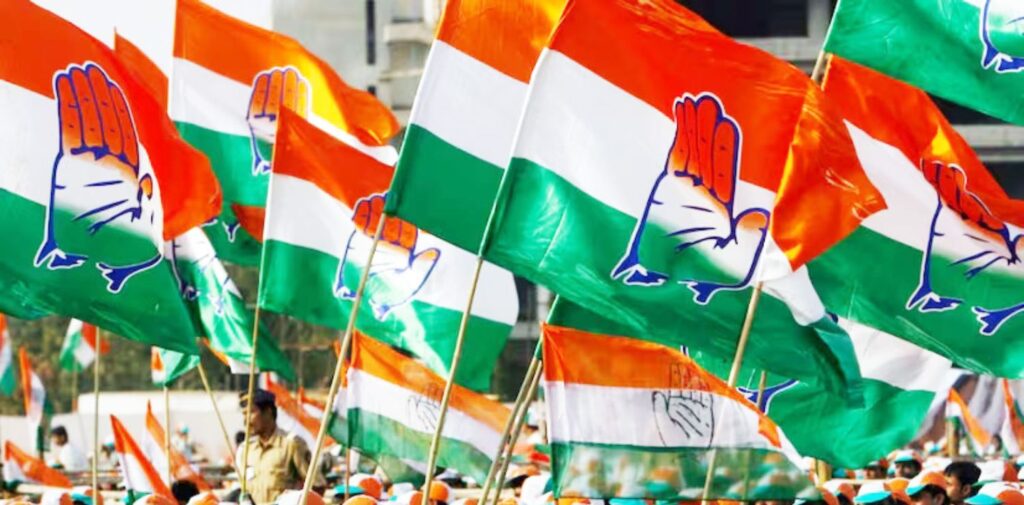
The Future of Congress: Can it Reclaim its Lost Glory?
As India continues to evolve, so too must the Indian National Congress. The party’s future will depend on its ability to adapt to the changing political landscape and connect with the aspirations of India’s younger and more diverse population. It needs to modernize its leadership and governance structures, moving beyond its reliance on dynastic politics. The role of regional leaders and grassroots workers will be crucial in strengthening the party’s base.
Congress must also find a way to build alliances with other opposition parties, creating a united front against the dominance of the BJP. The strength of the party will lie in its ability to offer an alternative vision for India—one that addresses economic inequality, provides opportunities for youth, protects the secular fabric of the country, and fosters social justice.
While the road to recovery for Congress may be long and challenging, it is not impossible. The party still has a rich legacy and a solid base of support. The question remains: will Congress rise to the occasion and transform itself to regain its place at the center of Indian politics, or will it continue to decline in the face of mounting challenges? Only time will tell.
Conclusion: Indian National Congress in the 21st Century
The Indian National Congress, once the ruling party in post-independence India, has witnessed a period of decline in the 21st century. However, this decline does not necessarily mean the end of the party. Congress is undergoing a period of transformation, trying to adapt to the changing political environment in India. While it continues to face challenges at the national level, its success in state elections and its focus on issues that matter to the people offer hope for the future. The 21st century could be a turning point for Congress, provided it learns from its past mistakes and reinvents itself to meet the demands of a modern India.

